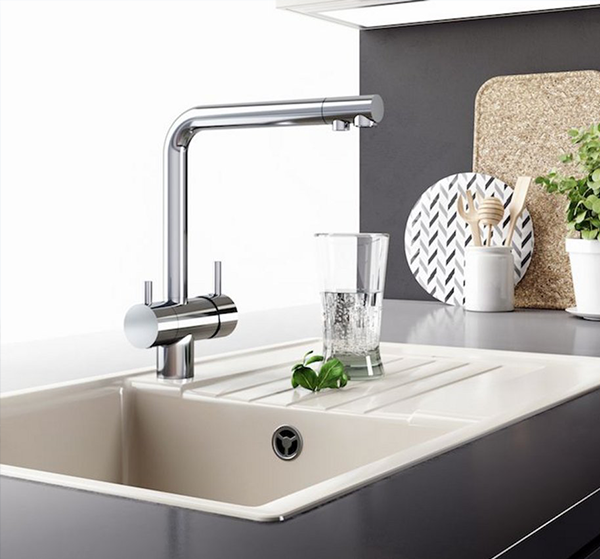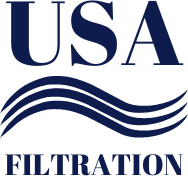
Under Sink Water Filter Comparisons
Under the Sink Water Filter Comparisons
Under Counter and Sink water filters are some of the most popular filtration systems to purchase for your home or kitchen. But with so many different filters and companies it can get confusing for the average consumer. In this article we explain how to choose the right Under Sink Water Filtration system for your home.
Bacteriostatic Carbon - KDF / Distillation / Reverse Osmosis (RO) / Bottled Water
Bacteriostatic Carbon -KDF
Carbon has a long history of being used to absorb impurities and is perhaps the most powerful absorbent known to man. One pound of carbon contains a surface area of roughly 125 acres and can absorb literally thousands of different chemicals. Activated carbon is carbon which has a slight electro-positive charge added to it, making it even more attractive to chemicals and impurities. As the water passes over the positively charged carbon surface, the negative ions of the contaminants are drawn to the surface of the carbon granules.
Note: Coconut Shell Carbon
Coconut shell carbon has a superior level of hardness that makes them cleaner than most other carbons and gives them longer life expectancy. This, combined with their high activity level, makes them well suited for use in any kind of carbon-based filtration system
Note: KDF 55 Medium
Is designed specifically for removing or reducing chlorine and water-soluble heavy metals. KDF 55 Process Media can remove up to 99% of water-soluble lead, mercury, nickel, chromium, and other dissolved metals. All KDF Process Media forms are effective in controlling the buildup of bacteria, algae, fungi and scale, even in hot water, making them ideal for use in GAC beds, ion exchange resins, carbon block filters and inline carbon filters.
Distillation
Energy input required for distillation involves a higher operating expense than other methods and the maintenance factor is extremely high. Impurities remain in the boiling chamber and are either automatically or manually flushed out depending on the system. Air cooled distillers produce one gallon of distilled water for every gallon of tap water. Water cooled units produce one gallon of water from eight to 15 gallons of tap water.
The costs of producing a gallon of distilled water ranges anywhere from 20 - 40 cents per gallon because they use about 3 kilowatt hours of electricity for one gallon. Distillation also produces "flat" tasting water.
Reverse Osmosis (RO)
Water is passed through a pre-filter (5 microns) to remove particulates and sediment, then applied under pressure to a semipermeable membrane. The membrane will remove up to 98% of TDS including bacteria and cysts, but allows small molecules of water and soluble chemicals to pass. The impurities collected on the membrane must be flushed from the system. Water then goes through an absorption filter to improve taste, odor and color and to reduce chemical contaminants. A residential system can produce anywhere from one to 20 gallons per day. Water is stored in a sealed container. A final filter is used to reduce tastes and odors which can be introduced by the storage unit.
Note: Other facts about reverse osmosis systems
Most RO systems waste 50 - 75% of the water it processes. "Waste water" is the drawback: 2 - 4 gallons or more of water is wasted for every 1 gallon of product water.
Membranes only last for 5000 -10000 gallons.
Systems are large and bulky.
Water tastes flat.
Bottled Water
Source and purity are questionable. No guarantee water is any better than tap water. Can cost more than gasoline. The ideal is to fill your own bottles from filtered water. Also, when traveling, try a filtered water bottle.
How Often to Change Water Filter Under Sink?
What is the Best Under Sink Water Filter?
Under sink water filters for home
